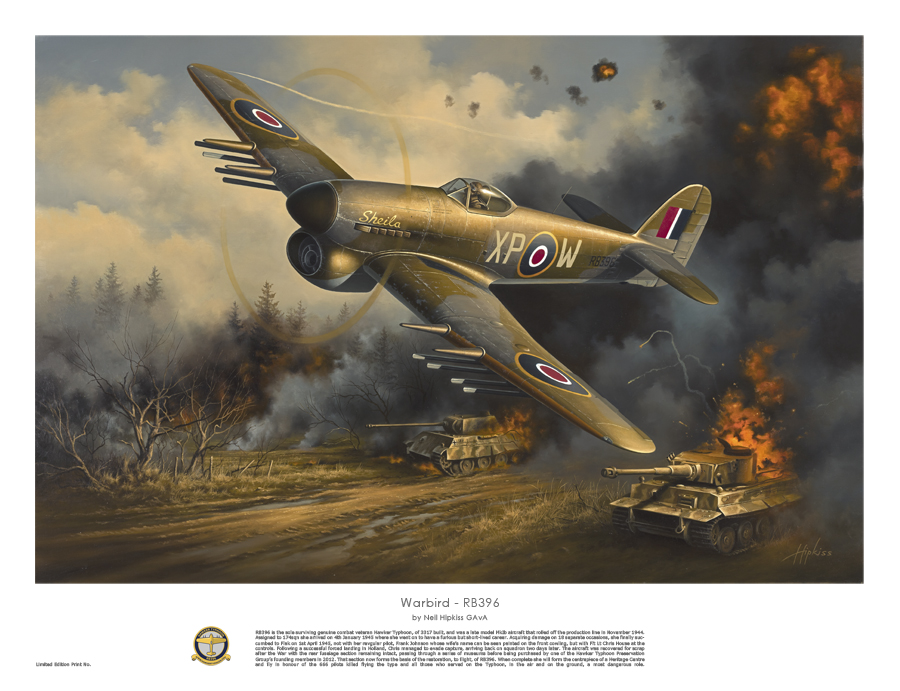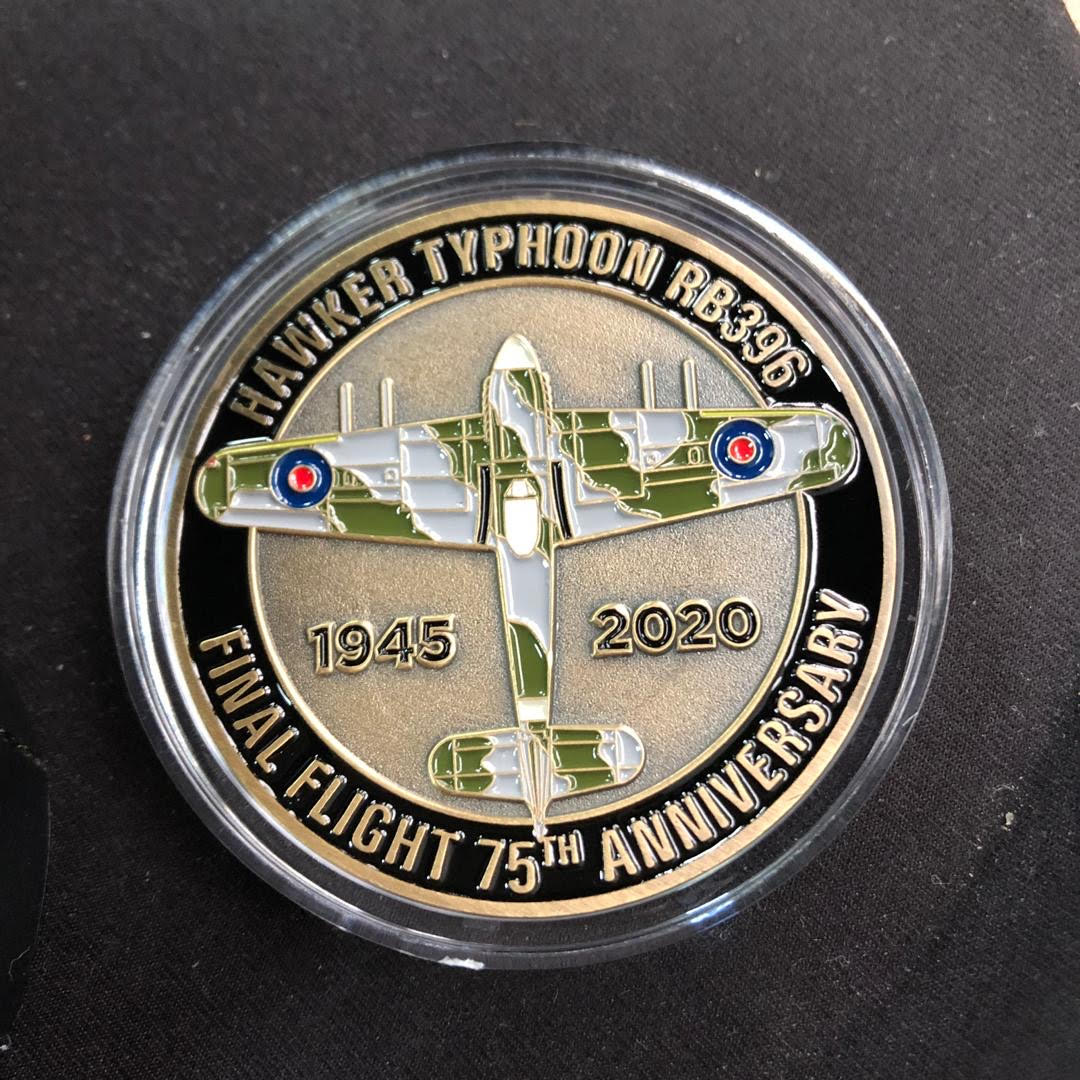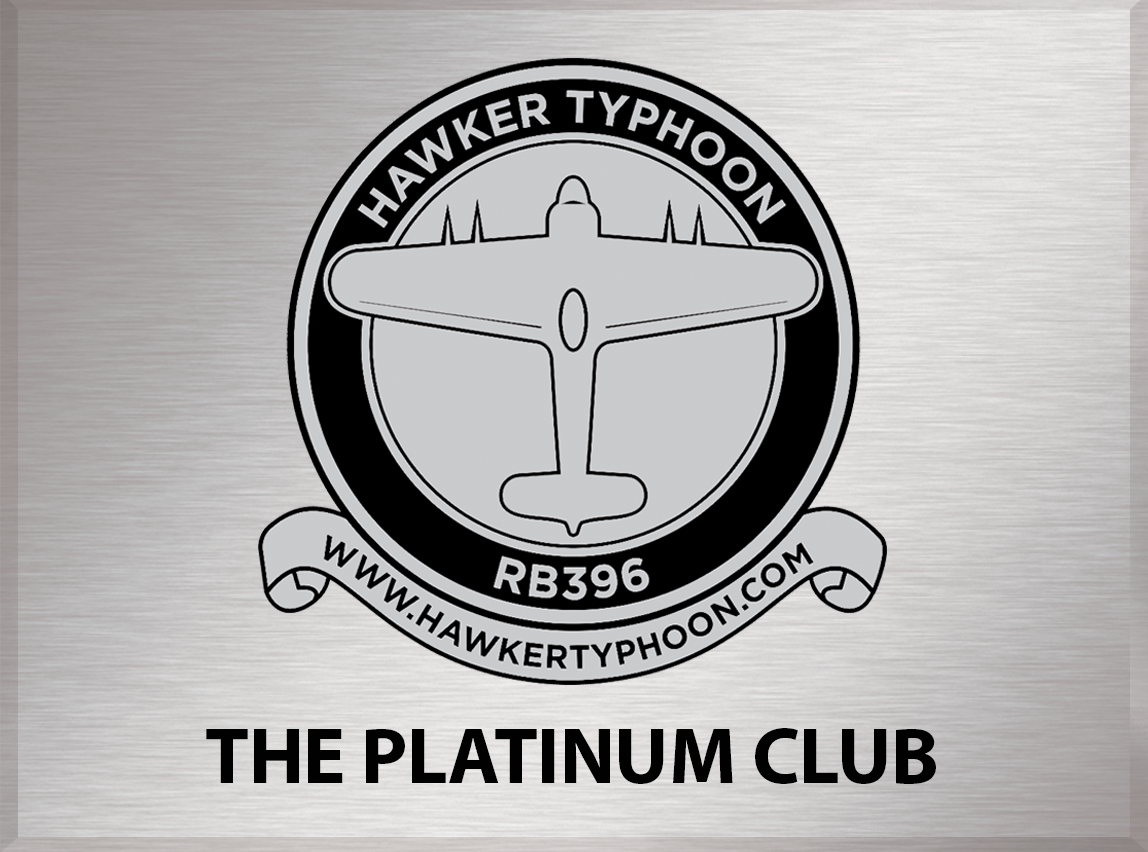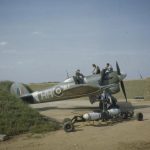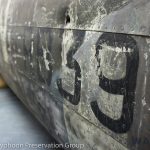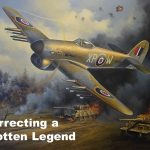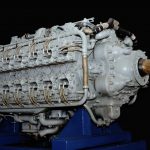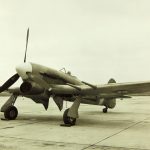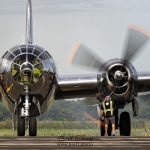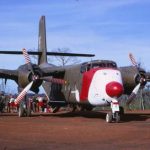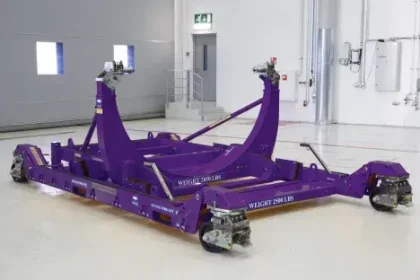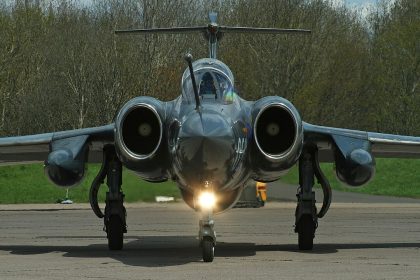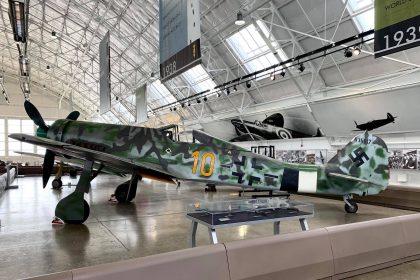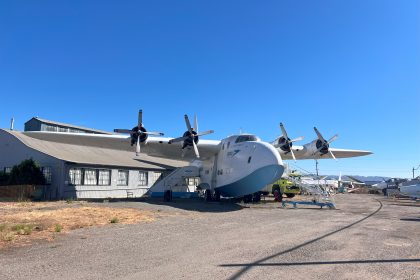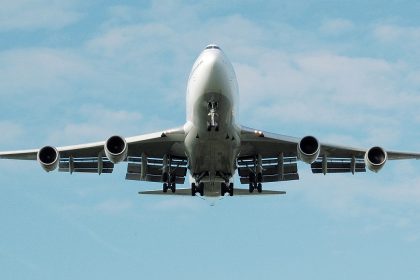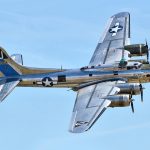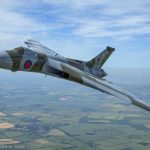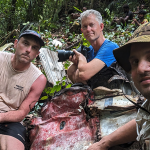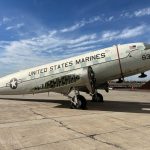We have published several reports about the Hawker Typhoon Preservation Group over the past couple of years, and their valiant efforts to resurrect Hawker Typhoon Mk.IB RB396. At their direction, the world-class restoration shop, Airframe Assemblies, has been making incredible progress with the restoration of this important combat veteran at their facility on the Isle of Wight just off the south coast of England. Our most recent report outlined progress during 2019, but a lot has been happening in the interim. However April 1st, this past Wednesday, marked a special anniversary in RB396’s history; it was the 75th anniversary of this Typhoon’s final wartime flight. We thought our readers would be interested in learning more about that harrowing day, especially as new details have come to light with the recent discovery of a photograph depicting RB396 as she lay following her belly-landing on the now-silent Dutch battlefield circa late 1945! We will let Sam Worthington-Leese pick up the story here…
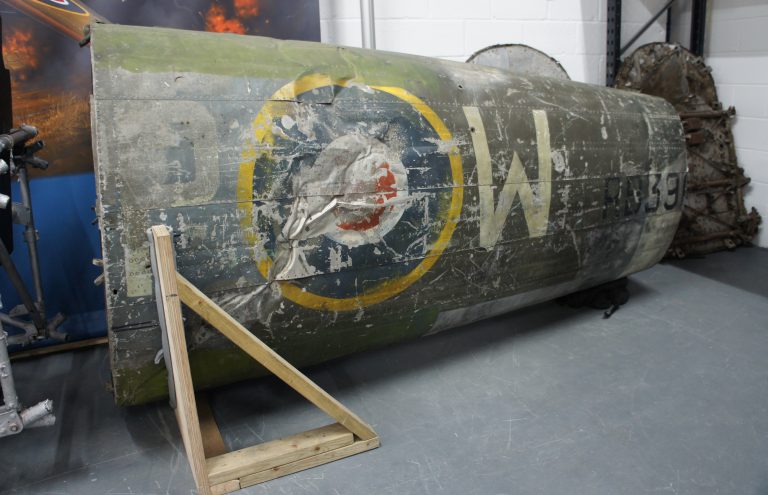
April 1st, 1945 dawned quietly for RAF 174 Squadron at B.100, their base outside Goch, Germany. However, the situation had changed by noon with a report of MET (Mechanised Enemy Transport) on the roads near Hengelo in the Netherlands. The Typhoon squadron launched some of its fighters to respond. Flight Lieutenant Chris House was flying in Hawker Typhoon MkIb RB396 for the first time, designated as Red 4 for this mission. Her usual pilot, Frank Johnson, who’d painted the name of his girlfriend Shiela on RB396’s nose, was already a prisoner of war however, having been shot down two days earlier in another Typhoon. Johnson had been in a different ‘Typhie’ that day since RB396 was under repair for minor flak damage picked up on a sortie two days prior with Sydney Russell-Smith at the controls.
Red Section soon spotted the enemy truck convoy and made their first attack, each pilot unleashing his Typhoon’s eight, 60lb RP-3 rockets. Wheeling around for another pass, F/L House followed up his attack in RB396 with devastating fire from his four wing-mounted 20mm cannons. Despite the carnage unfurled upon the German forces during the rocket attack, they were still able to respond with intense and accurate fire from their light flak guns, striking RB396 as she streaked past at about 500 feet.
F/L House had just seconds to react to this predicament, safely getting RB396 away to the north, although he knew the crippled Typhoon wouldn’t make it far. Searching frantically for a safe spot to put the aircraft down, he successfully force-landed RB396 in a field just outside of Denekamp, a small Dutch town on the German border. The rest of Red Section was relieved to hear House radio up to affirm his safety. The pilot then quickly unstrapped from his seat, ripped out his oxygen and headset connections, then ‘did a runner’ – perhaps, as we’d like to think, with a last, wistful look over his shoulder at his forlorn Typhoon, bearing the name of another man’s girlfriend.
Chris House recalled that memorable April Fool’s day in a letter many years later remarking, “I left the aircraft and ran away from the direction of what I presumed was a German field hospital. I also observed some Germans heading in the direction of the crash. I skirted several fields in which there were one or two men working, and eventually I came to a haystack and decided to burrow into it pulling the hay in behind me.” A local farmer named Herman ter Duis discovered the sheltering Typhoon pilot a little while later, recognizing his RAF uniform. As Herman approached, Chris House greeted him with the offer of a cigarette. The Dutchman took the airman back to the nearby farm he shared with his brother, with House spending the night in their care.
Chris later wrote in a letter, “I was discovered by a young lad who took me into the farm where several adults were in the kitchen. They made me welcome and whilst there they showed me their hidden radio with which they listened to the BBC news. They were very kind to me.” Chris slept in one of the farmhouse bedrooms with his revolver placed on the bedside cabinet.
The following morning the family provided Chris with overalls, a bicycle and a guide. The pair set off in the direction of the Allied advance. Chris remembered, “We had to cycle past a long column of German armour and eventually later in the day I said goodbye to my guide and bicycle and after using ditches to hide in, I was eventually found by the advanced elements of the Guards Armoured Division and a couple of days later was returned across the Rhine to my Squadron.”
In a very matter of fact way, Chris recorded in his logbook that he had been… “Shot down 5 miles SW of Lingen. Evaded. Returned a couple of days later.” His Commanding Officer, on the other hand, recorded the event on 3rd April in 174 Squadron’s Operations Record Book (ORB) with a little more emotion noting, “Depression lifted slightly today when House was known to be safe and on his way back. Poor Chris looked nearly exhausted when he came in but what an adventure.”
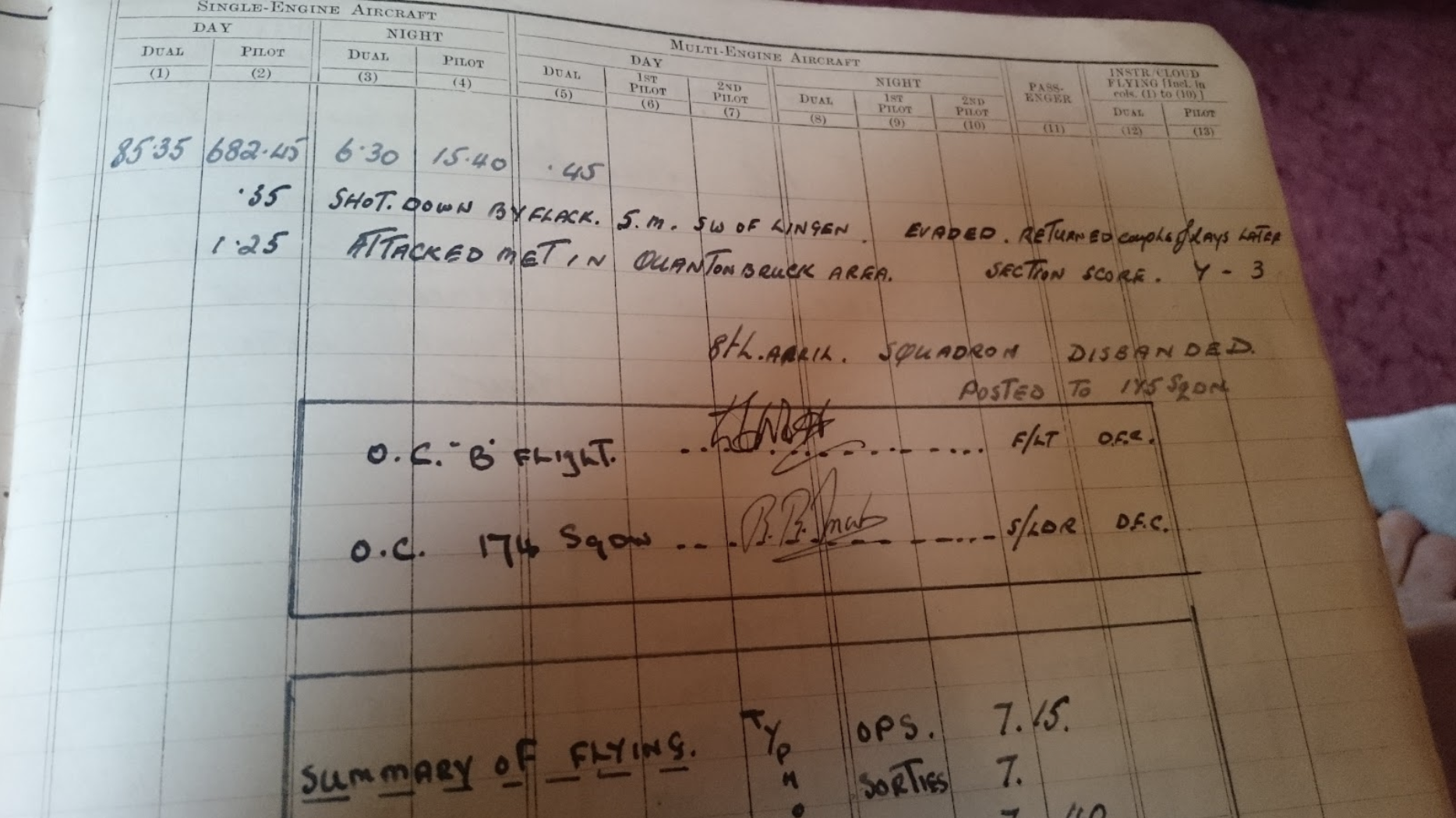
Sadly, in the aftermath of his escape, Chris House believed false reports that the Gestapo had murdered the family who helped him to escape. This travesty haunted him for the rest of his life, and he passed away in 2007 without ever being able to face a return to the area of his salvation. However, through exhaustive enquiry, HTPG’s research team discovered that the family had indeed survived; the Gestapo had not shot them. The team has since been in touch with the Dutch family and their descendants, as well as those of Chris House too. Planning is ongoing to reunite these two history-bound families, in the anniversary year of RB396’s final flight and at the exact site where she came down, bringing a degree of closure to the story. Unfortunately, given the current world health situation, this joyful reunion has been delayed for a while, but it will occur before too long.
One fascinating detail which did emerge from all of the research poured into RB396’s final flight is the discovery of a photograph showing the Typhoon lying, semi-dismantled, on the spot where she came down in Holland at the tail end of WWII. While grainy, it is a remarkable image; some of the flak damage still being clearly visible in the fuselage.
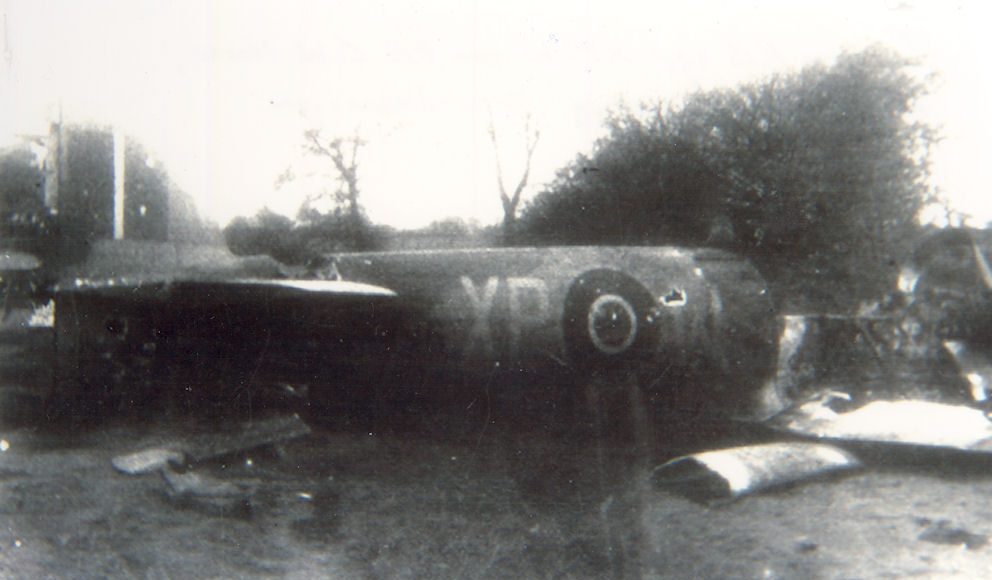
Seventy-five years on from that final flight, the project to return RB396 to the skies where she belongs has been working hard to achieve this goal. As part of this endeavor, many months of hard work have gone into upgrading the project’s website. The new version, as you will see, is smart, clean and professional. In combination with the website, which launched on April 1st, a range of new merchandise and supporting options are also available. There is artwork and clothing which depict the 75th anniversary of RB396’s final mission along with a range of other new merchandise for 2020.
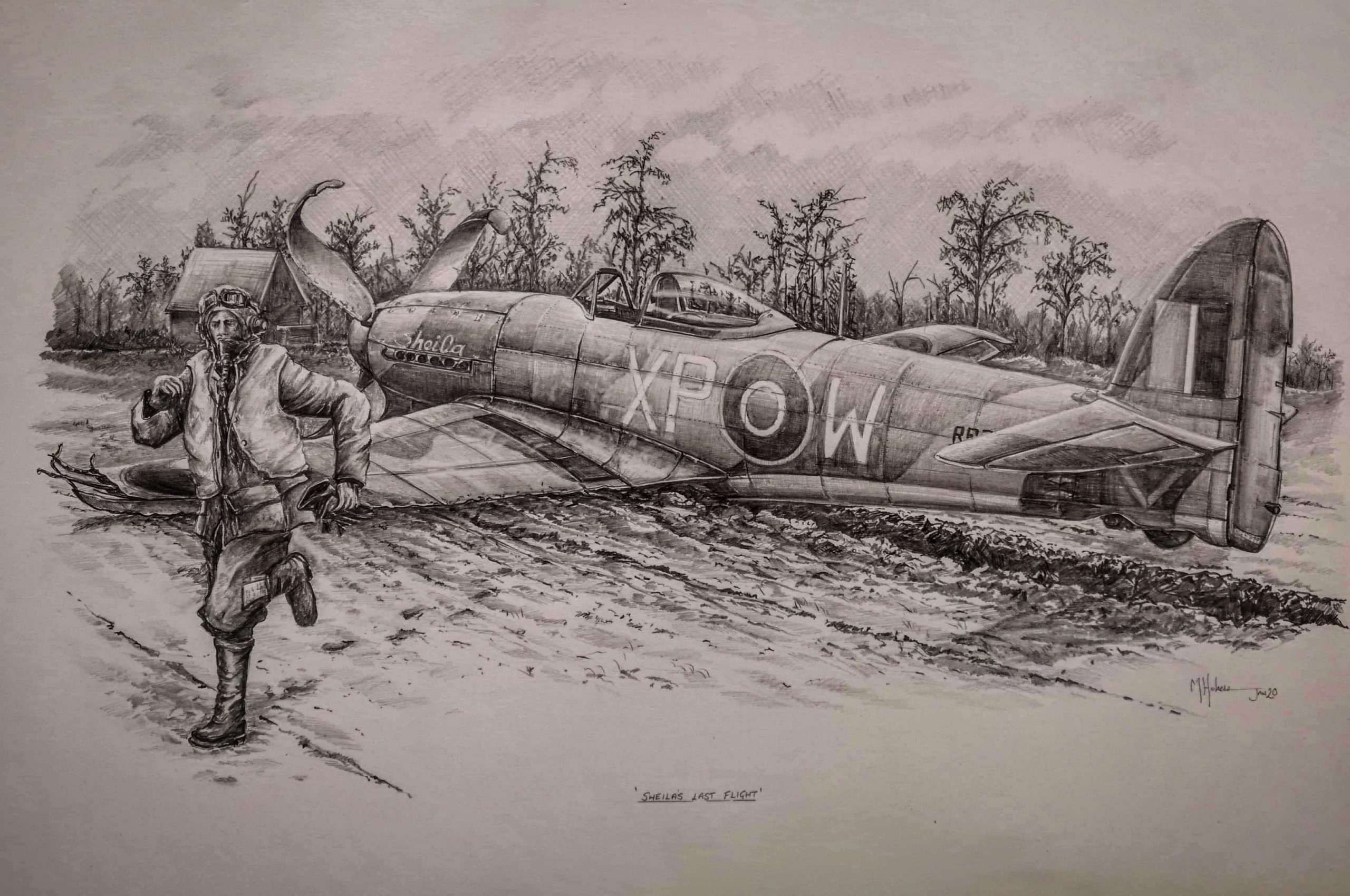
A highlight of the supporting options now offered is The Platinum Club. Collectively, the Platinum Club aims to recruit a thousand members who can commit £1,000 to the restoration each year over four years – raising the final £4million of the rebuild’s projected budget – and propelling the Typhoon’s rebuild forwards to meet the targeted completion date of June 6th, 2024. The club will offer unique experiences and benefits to members, including the placement of each donor’s name on the completed aircraft, exclusive hospitality and VIP treatment at events, etc. Members will have pride in knowing they have contributed significantly to the resurrection of a legendary aircraft, and the spirits of all those men and women who helped build, operate and maintain them during their nation’s desperate need in WWII. The Platinum Club is exclusive to just 1,000 members.
The idea for this initiative came from a volunteer team member within the existing Supporters’ Club. In truth, it is no different to the message which the team has been promoting since project inception. While the overall budget may seem impossibly huge, it becomes far more achievable – even without significant commercial backing – once split into fractional amounts amongst a reasonably-sized group of passionate, likeminded people.
On its launch day alone, The Platinum Club gained many new members, who collectively pledged £40,000 towards RB396, some even paying their four-year membership donation in full. This is just shy of 1% of the funds which the Club needs to raise – and all in one day! That is what the project team has been doing, day-after-day, year-after-year; breaking the total down into manageable bites and moving forward towards the goal one step at a time. Always forward, never back.
Although commercial backing for the project is obviously still being sought, and has been since day one, due to the strength of the following that the project is achieving on an almost daily basis, RB396’s resurrection is becoming a real “people’s project” – there is always strength in numbers. Even without a large commercial backer, or private donor, RB396’s return to the skies is becoming ever more likely. She will be powered by the people who have worked so hard since the project’s conception.
There are opportunities for everyone of any means to help accelerate this project towards it’s goal of an airworthy Hawker Typhoon. The story is being written, and there is a space in it just for you!
Be a part of this magnificent story! Get Involved







